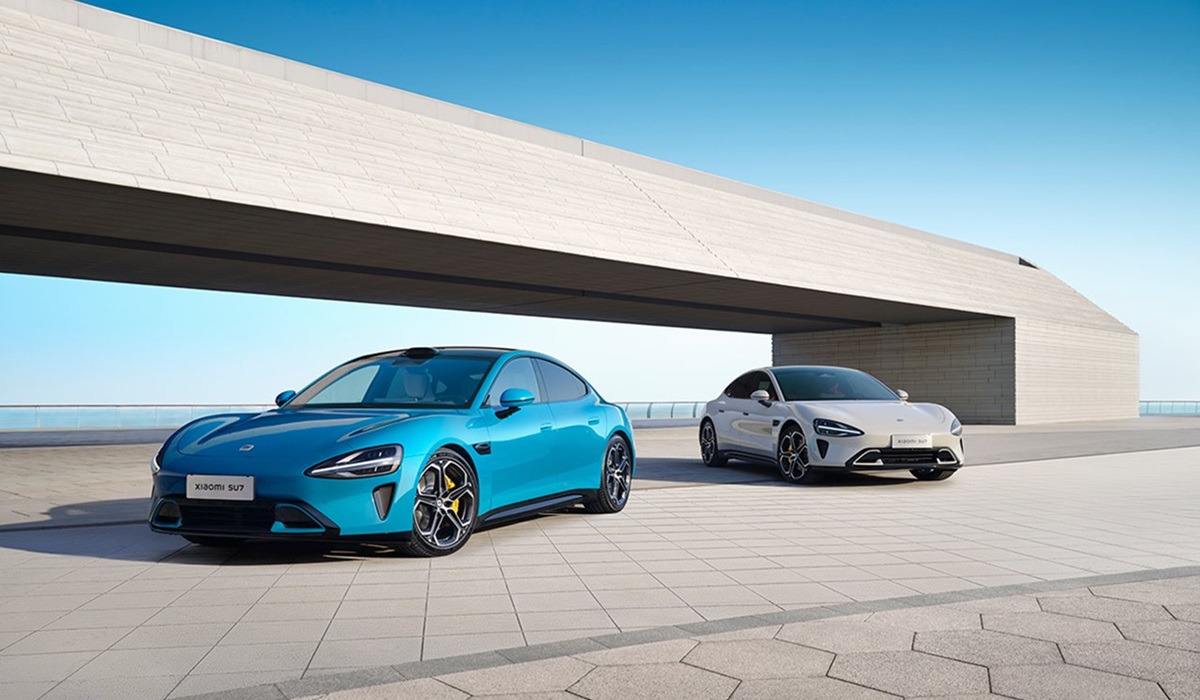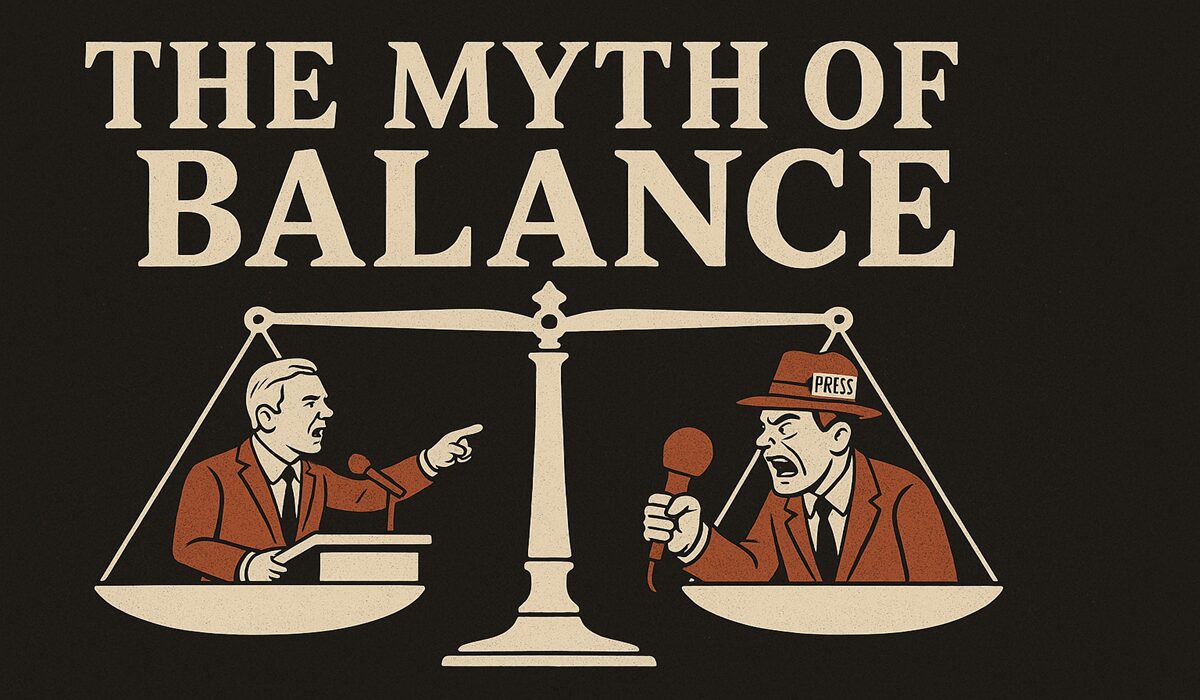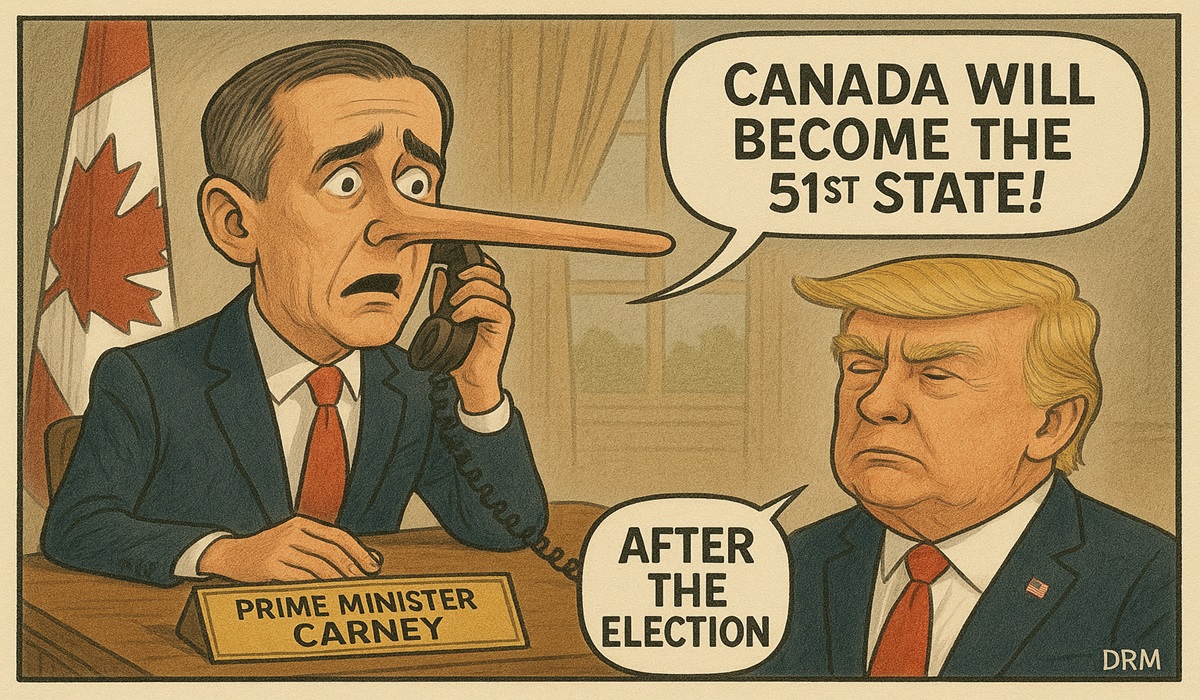Seeking Truth from Facts on China’s New Energy Capacity
- Contributor
- D.O.C Supplements - Trending News
- Op-Ed
- July 18, 2024

Image Credit, Xiaomi
By: LUO Weidong, Consul General of the People’s Republic of China in Toronto
On July 2, the Government of Canada formally initiated a 30-day consultation to evaluate the potential imposition of tariffs on Chinese electric vehicles (“EVs”) to protect Canada’s auto workers and its growing EV industry from China’s unfair competition such as the so-called “state-directed policy of overcapacity”.
For some time, China’s new energy overcapacity and its export to the global market has become a hyped topic of media. What is the truth behind the hiding facts? Here, I would like to brief you on some ABCs of China’s new energy capacity.
Firstly, Advanced Energy. Currently,the issue of global climate change is increasingly severe and poses a shared challenge for all humanity. New energy products are the high-quality production capacity to promote global low-carbon transformation and green development, where China’s new energy products have made significant contributions.
According to the report by the International Renewable Energy Agency(IRENA) , over the past decade, the average KWH cost of global wind power and photovoltaic power generation projects has dropped by more than 60 percent and 80 percent respectively, which is largely attributed to China’s innovation, manufacturing and engineering.
It is clear that China’s new energy sector capacity is advanced high-quality and much-needed capacity for green development instead of overcapacity.
Secondly, Booming Demand. Late last year, Canada’s federal government announced its ambitious electric vehicle targets with plans to phase out gas-powered vehicles by 2035. The popularization of new energy products is also on the agenda of many other countries. The current global production capacity of new energy products is far from meeting the strong international market demand.
According to the International Energy Agency(IEA), the global demand for new energy vehicles and new PV installations will reach 45 million by 2030 (4.5 times that of 2022) and 820 GW (about four times that of 2022) respectively.
China’s EVs were exported to more than 180 countries and regions last year, providing accessible and affordable solutions to meet the booming international market demand. Dr. Fatih Birol, Executive Director of IEA, highlighted that China’s provision of services and support to other countries has significantly improved the accessibility of clean energy technologies and reduced the global cost of using green technologies.
Last but not least, Comparative Advantages. Some equate export with overcapacity, arguing that China exports new energy products so as to reduce its overcapacity. As early as 200 years ago, the classical economist David Ricardo proposed the theory of comparative advantage. It is determined by their comparative advantages that different countries have larger capacities in their stronger industries and smaller capacities in others. In today’s globalized economy, large enterprises focus not only on their domestic markets but also on the global market when designing their capacities. About 80 percent of US-manufactured chips are exported. Nearly 80 percent and 50 percent of the cars produced in Germany and Japan are exported to foreign markets respectively. It is the same case with the aircraft produced by Boeing and Airbus. These are based on the comparative advantages of countries in relevant fields. Likewise, China’s exports of EV accounted for only about 12.7 percent of total output in 2023, which is also a result of its own comparative advantages.
In addition, some argue that China’s comparative advantage in new energy products is the result of large-scale subsidies by the Chinese government. In fact, some sort of subsidy is common practice. The US has the CHIPS and Science Act and the Inflation Reduction Act, and Canada also subsidizes its new energy industry, as do many European countries. Therefore, it’s unfair to accuse China of providing subsidies. Moreover, the Chinese government only provided subsidies in the R&D stage of the industry, which is in full compliance with WTO rules. China’s leading edge in new energy is a result of the ingenuity of Chinese scientists and engineers, the large domestic market and complete industrial system, and the continuous tech innovation and full market competition.
With these basic facts, I believe that you have a better understanding of China’s new energy capacity and a clearer awareness of some politicians’ attempts to shift blame to China’s new energy industry. China’s new energy is advanced and scarce capacity, which cannot be labeled as overcapacity. Some hype up allegations of China’s overcapacity in new energy industry against economic theory and laws of the market,which is merely an excuse for trade protectionism. This argument doesn’t hold water either in reality or in the future.
It must be noted that both China and Canada are advocates and beneficiaries of economic globalization. We are both committed to promoting trade liberalization and actively participating in the building of global economic governance system. In the field of new energy industry cooperation, China and Canada should and can be partners, working together to tackle global climate change and build a clean and beautiful world.








